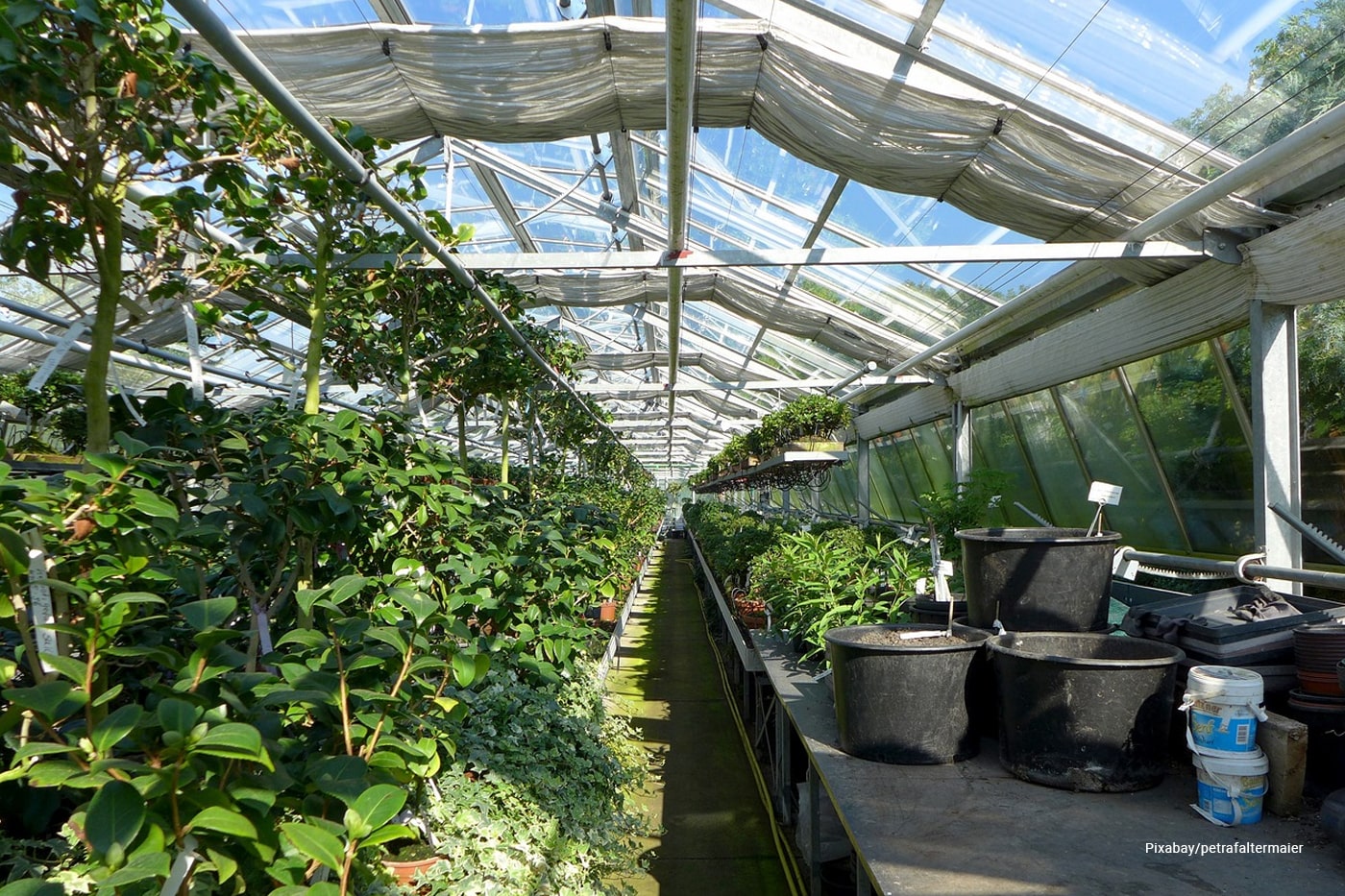Creating an eco-friendly greenhouse allows you to grow plants year-round while minimizing environmental impact. Opt for sustainable materials and position your greenhouse to maximize natural sunlight and incorporate passive heating methods to reduce energy consumption. Collect rainwater for irrigation, and use a drip system to conserve water. By incorporating renewable energy sources like solar panels, you can power your greenhouse sustainably. An eco-friendly greenhouse is a beautiful way to nurture plants while prioritizing conservation and sustainability.
Contents []
Eco-Friendly Greenhouse To Reduce Environmental Impact

Indeed, an eco-friendly greenhouse is a rewarding way to grow plants year-round while minimizing environmental impact. By focusing on sustainable materials and efficient practices, you can design a greenhouse that conserves resources, reduces waste, and supports healthy plant growth. Here’s a guide to building an eco-friendly greenhouse that benefits both your garden and the planet.
1. Choosing Sustainable Building Materials
- Reclaimed or Recycled Wood: Using reclaimed wood reduces demand for new lumber and gives a second life to materials. Look for wood that has been sustainably sourced or salvaged from other projects.
- Recycled Plastic Panels: Polycarbonate panels are durable, lightweight, and often made from recycled materials. They provide excellent insulation, retain heat, and are UV-resistant, making them ideal for greenhouses.
- Glass Alternatives: Traditional glass can be eco-friendly if sourced from recycled glass. Consider tempered or low-emissivity glass for added energy efficiency.
- Bamboo Frameworks: Bamboo is fast-growing, sustainable, and strong. It can be used in framing and shelving, adding a natural touch to your greenhouse.
2. Designing for Energy Efficiency
- Orientation and Placement: Position your greenhouse to maximize sunlight—typically south-facing—to reduce the need for supplemental lighting and heating.
- Passive Solar Design: Utilize passive solar techniques by adding thermal mass materials like water barrels or stone, which absorb heat during the day and release it at night, maintaining a stable temperature.
- Efficient Ventilation Systems: Cross-ventilation is key for air circulation and temperature control. Install operable windows or vents and consider automatic vent openers that activate based on internal temperature.
3. Water Conservation Techniques

- Rainwater Harvesting: Install gutters and a rainwater catchment system to collect runoff, which can be stored and used for irrigation. Rainwater is naturally softer than tap water and better for plants.
- Drip Irrigation: A drip system delivers water directly to the roots, reducing evaporation and conserving water. Use a timer to optimize water usage further.
- Mulching: Adding mulch to plant beds and containers helps retain moisture, reduces water needs, and improves soil health.
4. Natural Heating and Cooling

- Compost Heating: Consider placing compost bins inside or near the greenhouse. Compost generates natural heat as it decomposes, which can help warm your space.
- Green Roofs: If you have a sturdy greenhouse frame, a green roof adds insulation and attracts pollinators. Low-growing plants like succulents or grasses help cool the greenhouse in warmer months.
- Earth Sheltering: For added insulation, partially sink your greenhouse or build earth berms around the exterior. The surrounding soil maintains a more stable temperature, reducing the need for additional heating.
5. Eco-Friendly Fertilization and Pest Control
- Organic Fertilizers: Use compost, worm castings, and organic amendments for plant nutrition instead of synthetic fertilizers that can leach into groundwater.
- Natural Pest Deterrents: Practice integrated pest management by planting herbs and flowers that deter common greenhouse pests. Ladybugs and lacewings are natural predators of aphids and other harmful insects.
6. Sustainable Practices for Maintenance
- Reuse and Recycle: Repurpose containers, use old shelving, or upcycle materials whenever possible. Reusing materials not only reduces waste but adds unique character to your space.
- Solar Panels: If you have access to a sunny spot, consider adding solar panels to power any electrical needs, like supplemental lighting or heating systems. Solar panels provide clean energy and reduce long-term utility costs.
- Monitoring Systems: Track temperature, humidity, and light levels with a monitoring system to optimize conditions. By keeping the greenhouse at the ideal climate range, you can save on resources and ensure plants thrive.
Building an eco-friendly greenhouse is all about creating a self-sustaining space that supports your plants and the environment. By carefully selecting sustainable materials, implementing water- and energy-efficient practices, and opting for natural methods, you can grow a garden that’s productive, beautiful, and eco-conscious. Sustainable gardening starts with the greenhouse and extends into every aspect of caring for our planet.



